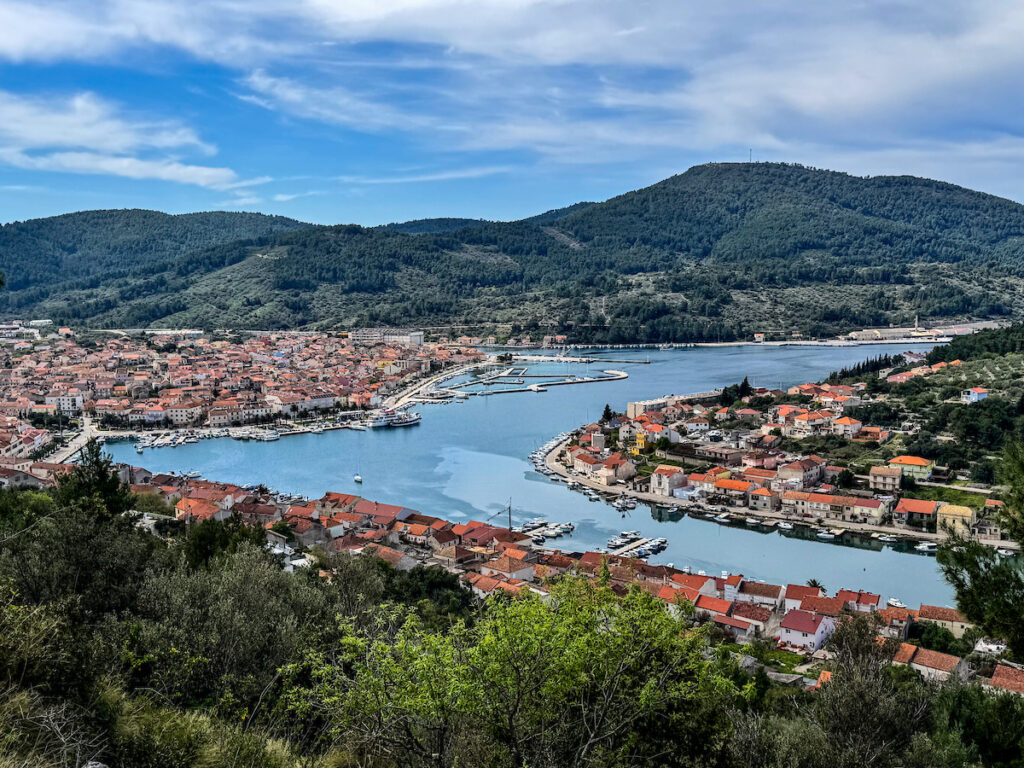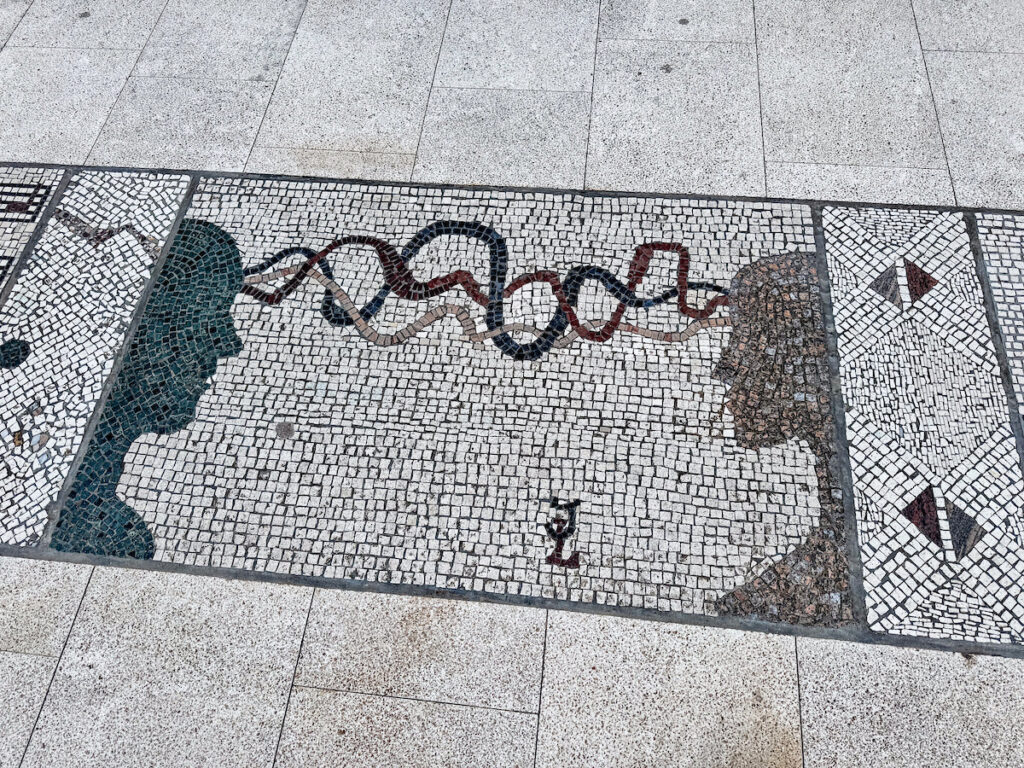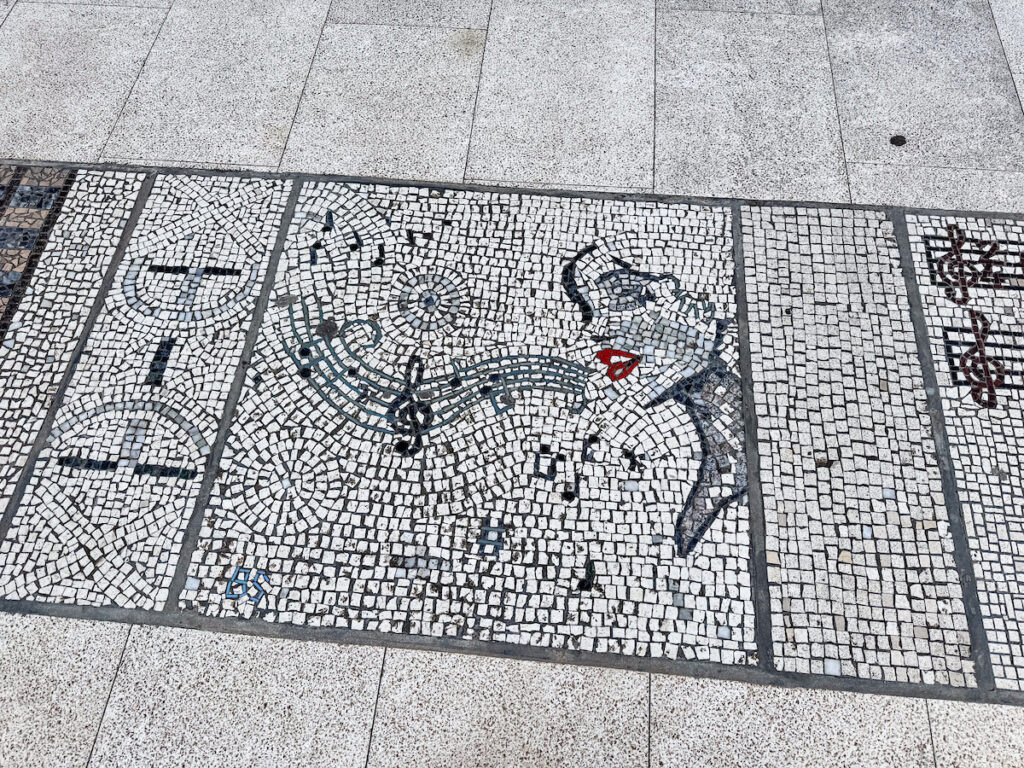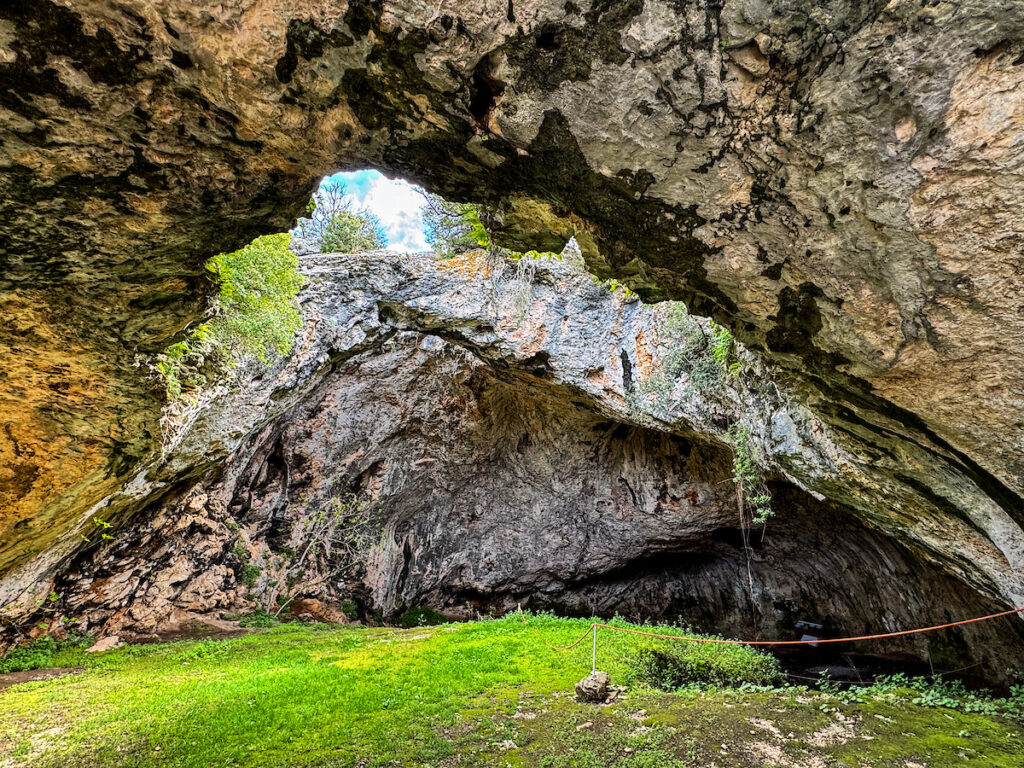Off the Dalmatian coast of Croatia is the island of Korčula where the small city of Vela Luka rests on its western side. The city is about an hour drive from Korčula City and is a beautiful historical town by the sea developed in the early 19th century. Due to the city’s large bay area and translated name of “big harbor,” the town is a significant port city for the island.

Korčula Olive Oil
Vela Luka is known for its high-quality olive oil, an ancient and deeply rooted aspect of the city’s identity. Some of the olive trees on the island are over 2,000 years old. Two specific local olive species called lastovka and drobnica are abundant; giving slightly spicy and bitter layers of taste. Back in 2016, the European Union confirmed that Korčula’s olives are of high quality and cultural value, declaring them internationally authentic. Korčula is the first locality in Dalmatia to receive an EU recognition of this sort.
Terrace walls built out of small stones, all by hand, were created to make a safe space to raise olive trees. The terrace walls acted as a barrier against the wind and invading vegetation. All of the olives from these trees were harvested by hand, with some farmers still choosing to harvest them as such. The building blocks of stone for these terraces has inspired an artsy tradition in the area of mosaic creation.
Luka Mozaika
In the center of Vela Luka on its main promenade is an incredibly long mosaic. The First International Meeting of Fine Artists in Vela Luka in 1968 began the tradition of growing this mosaic. About thirty world-renowned artists came to Vela Luka for the meeting and created their own mosaics that were placed along the promenades and in public institutions. Today, the tradition continues with locals and travelers alike striving to create ‘The World’s Longest Mosaic Street.’

The sidewalk on the main street is creatively decorated with tiny stone mosaics that depict images of the sea, nature, history, and animals. Local artists are almost always offering free workshops to teach visitors about the city’s mosaics and give them the chance to leave a piece of their own behind. These designs will be placed on the sidewalk to stand the test of time and become a piece of Vela Luka’s history.

Vela Spila
Vela Spila, which translates to ‘Big Cave’ is one of the earliest homes of modern humans found near the Adriatic. The cave sits above the city of Vela Luka, accessible from Restaurant Pod Bore by a 25 minute walk or a 10 minute drive nearby. The discoveries in the cave date back nearly 3 million years to the Stone Age. Items found here include pottery, ceramics, stone tools, animal remains, and human remains.

Blue markers guide the walkway to the cave through Vela Luka’s backstreets. The up-hill walk is worth the time, leading you to the huge limestone cave with two openings on the top that let natural light pour in. Plaques and signs mark the areas of ongoing excavation and research as well as information on items and areas already discovered. The view of the city and sea below from the cave is a magnificent sight to see!

